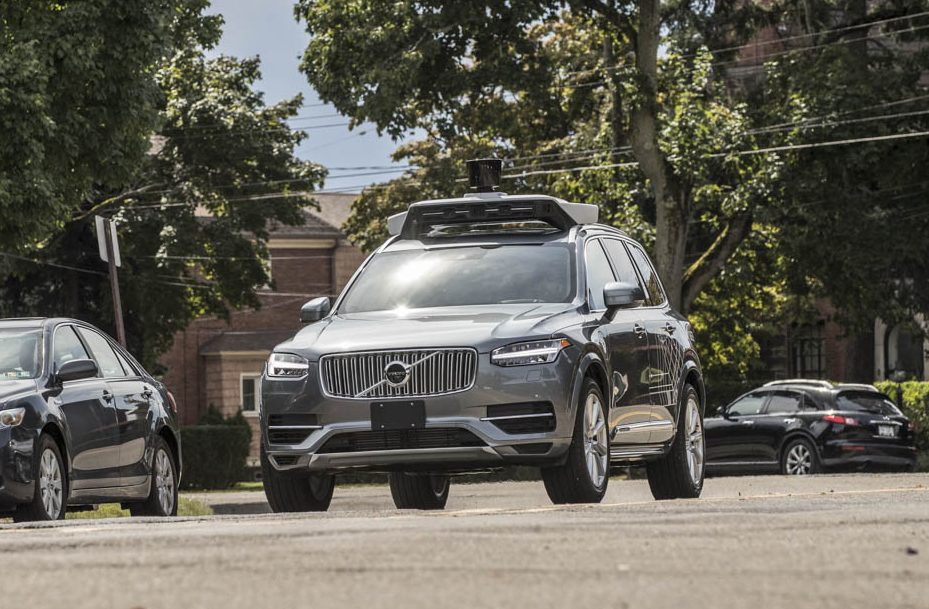
Photo: AAA5168-1-e1607429320446
Uber ditches AV division in deal with Aurora Technologies
08 December 2020
by Christopher Carey
Uber is selling its autonomous vehicle (AV) division – Advanced Technologies Group (ATG) – to self-driving firm Aurora Technologies. The deal will see the ride-hailing giant invest US$400 million into the start-up while retaining a 26 percent stake.
Aurora, valued at US$2.5 billion after a US$530 million investment in 2019 from companies including Amazon, said the Uber deal would quadruple its valuation to US$10 billion.
The company, which was founded in 2017, primarily focuses on building the underlying technology that allows vehicles to navigate highways and city streets without a human driver behind the wheel.
Chris Urmson, Co-Founder and CEO of Aurora, said: “With the addition of ATG, Aurora will have an incredibly strong team and technology, a clear path to several markets, and the resources to deliver. [We will] be the company best positioned to deliver the self-driving products necessary to make transportation and logistics safer, more accessible and less expensive.”
Uber’s CEO, Dara Khosrowshahi, will serve on Aurora’s board, and the ride-hailer will transfer its 1,200 employee AV division to the start-up, which currently has 600 staff.
Changing priorities
The move marks a major shift in Uber’s strategy, having been one of the early pioneers in the race to develop self-driving technology.
But its ATG division has had its share of problems, most notably an incident in Arizona in 2018 that led to the death of a pedestrian.
The firm was heavily criticised in a subsequent investigation by the National Transportation Safety Board (NTSB). The report found that the car’s automated driving system detected the pedestrian 5.6 seconds before impact, but “never accurately identified the object crossing the road as a pedestrian,” and that the car’s safety driver was not looking at the road 34 percent of the time – glancing at their phone 23 times in the final three minutes before the crash.
The report also later established that the vetting and hiring of safety drivers was “careless”, as the driver in question was a convicted armed robber who had served almost four years in a state prison.
After the incident, Uber resumed testing its self-driving cars but on a much smaller scale. The company’s Volvo SUVs were only allowed to operate in a closed loop in downtown Pittsburgh, where the ATG is headquartered, and in March 2020, the firm resumed testing of its AVs on San Francisco’s streets – almost two years after the incident.
Uber’s investors have been pressing the company to focus on getting its core ride-hailing business to profitability.
The company lost US$1.1 billion in the last three months of 2019, even as revenue jumped 37 percent to US$4 billion and the number of trips made on its platform rose by 28 percent.
In February, Khosrowshahi said he expected Uber to be profitable by the end of 2020, but this prediction was then moved to 2021 in light of the COVID-19 pandemic.











